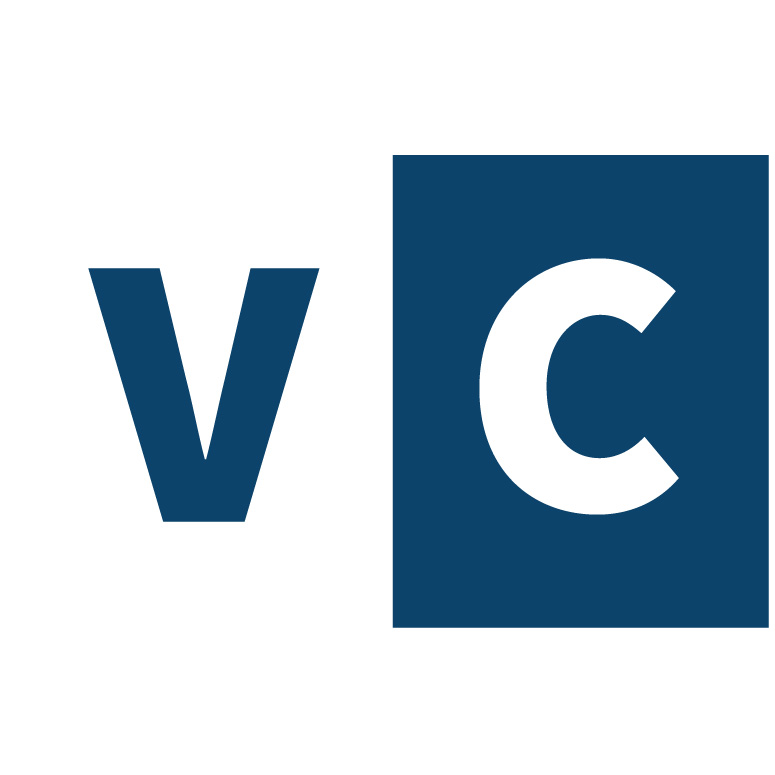7. Per Bylund on Opportunity Cost

Hunter Hastings talks with Per Bylund about Opportunity Costs. Why is this important? Because, for entrepreneurs, all costs are opportunity costs; and opportunity costs are the only costs. Opportunity cost is the core of economics, and to develop an understanding of how to apply economic principles to real life, it’s the place we must start.
Show Notes
Opportunity cost is the fundamental trade-off. The value of any action or choice is defined by the value of what I am foregoing — of what I can’t do as a result of choosing. If I decide to make my product out of stainless steel, I can’t also make it out of aluminum. The value I create by choosing stainless steel must be greater than the value I gave up by not choosing aluminum.
We calculate opportunity cost as the NPV of different alternatives. The NPV of the second best choice is the opportunity cost of the first.
The entrepreneur must understand the mind of the consumer in order to see opportunity costs in the way the consumer sees them. Opportunity cost is a subjective evaluation on the consumer’s part. How do they look at alternatives when they are considering the entrepreneur’s offer? Would they assign greater value to the aluminum product compared to the stainless steel product? An entrepreneur needs to be able to answer that question in order to calculate how to design a good deal in the consumer’s eyes.
The way to do this is to solve an equation: consumer value = the value of what I am offering minus the customer’s perceived opportunity cost of acquiring it. We must understand what is the first alternative for the consumer (including doing nothing — not buying). That’s one part of the consumer’s opportunity cost. Second, what are the additional opportunity costs of buying — such as the difficulty of getting to the store to buy the product, or the difficulty of ascending the learning curve to use an app. These are the second component of opportunity cost for the consumer — the alternative is not to have to face these costs and may be preferable.
Use our Opportunity Cost Calculator.
It’s possible to segment consumers by understanding their attitudes to opportunity costs. Book buyers on amazon prefer the low cost and fast delivery. Their opportunity cost is going to the book store, where there is a limited selection and prices are higher. Book buyers who go to the brick and mortar store prefer mingling with other book buyers and perhaps getting a cup of coffee — experiences that are unavailable on amazon. For these consumers, the opportunity cost of foregoing such experiences on amazon is high — so high that it makes amazon’s low price unattractive. These attitudes are held by different kinds of book buyers.
The entrepreneur’s first opportunity cost is the value of choosing another career, such as a corporate job.Many entrepreneurs could make more money — and do so with more continuity and security — as a corporate employee. That’s the opportunity cost. But it may not compensate for the excitement and fulfillment of doing what you love as an entrepreneur. Be sure to calculate the opportunity costs carefully!
Once you’re an entrepreneur, every decision is a trade-off, and calculating opportunity cost is an everyday task it’s important to master. Every resource allocation decision is an opportunity cost decision. How much should I spend on product development, if that means less money for marketing and sales? Whom should I hire versus what tasks should I outsource? Once the decision is made the opportunity cost is locked in. This is especially critical for small and start-up businesses with limited resources and tough cash flow constraints. Always think in terms of opportunity costs when making decisions: what’s the alternative?
The allocation of time is often the most important opportunity cost of all. A classic example is engineering time spent perfecting the product versus getting a just-about-good-enough product to the consumer for evaluation and feedback. The engineering trade-off is that the product is not the best it can be. More time would help. The business trade-off is that customer feedback is the most important resource of all, especially negative feedback which tells you how to improve. Delaying it could be fatal. The entrepreneur must weigh these two alternative uses of time. That’s how the concept of the MVP (minimum viable product) and agile programming emerged. They’re both ways to make the best trade-offs of time allocated to the most important tasks.
The entrepreneur must always be thinking of trade-offs. What am I losing or foregoing by making this choice? That’s the opportunity cost. Calculate it, estimate it and put a value on it. Focus on what you are not doing in order to choose the right thing to do.
DOWNLOAD
 Download Opportunity Cost Calculator.pdf (101 KB)
Download Opportunity Cost Calculator.pdf (101 KB)


Responses